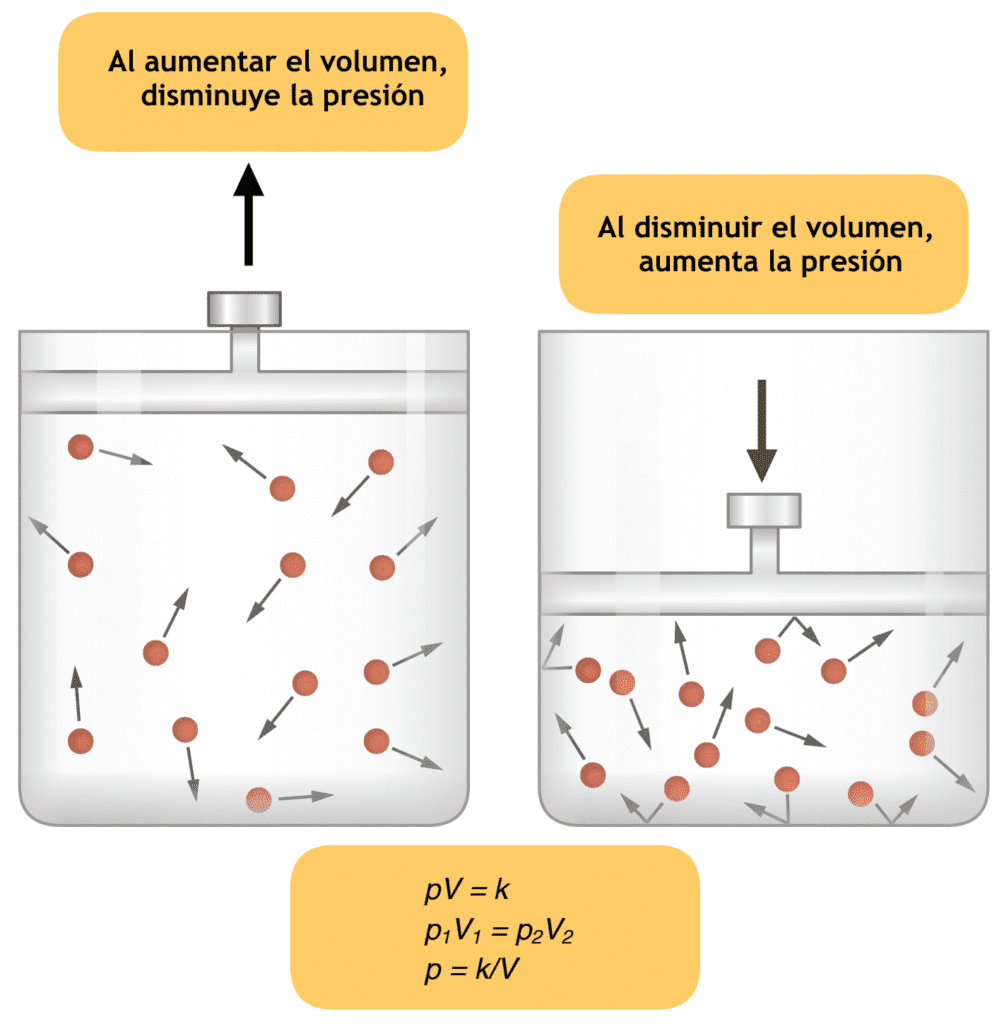Halothane Malignant hyperthermia syndrome may be triggered by halothane, it is an autosomal dominant inherited condition. There is a massive release of intracellular calcium from the sarcoplasm of the muscle.
An increased metabolism results in rise in temperature of 2°C per hour, severe acidzsis, rhabdomyolysis, with associated hyperkalaemia. Mortality is 70%.
Treatment is by active cooling, correction of acidosis, hyperkalaemia and the use of muscle relaxant dantrolene 1 mg/kg.
All volatile agents are triggers, so cross sensitization may be there, so it is better to avoid volatile agents in susceptible individuals. Therefore we can avoid halothane malignant hyperthermia syndrome .
While dealing a case of halothane malignant hyperthermia syndrome the induction of anaesthesia with halothane is smooth and rapid especially with nitrous oxide.
Emergence from anaesthesia is prompt, however the patient may be groggy for several hours because of the high oil/gas solubility and the slow release from various tissues. There may be PONV, headache postoperatively and “halothane shakes”.
Miller’s anesthesia 7 edition says the following about halothane malignant hyperthermia syndrome –
Anesthetic drugs that trigger MH include ether, halothane, enflurane, isoflurane, desflurane, sevoflurane, and depolarizing muscle relaxants, the only currently used of which is succinylcholine.
Desflurane and sevoflurane appear to be less potent triggers than halothane and produce a more gradual onset of MH. The onset may be explosive if succinylcholine is used.
MH-susceptible swine were traditionally screened by induction with a volatile anesthetic, which led to pronounced hind limb rigidity within 5 minutes, frequently sooner.
Prior exercise even an hour before induction of anesthesia increased the severity and hastened the onset of rigidity in swine. Similarly, in the new knock-in mouse models, the onset of limb rigidity after commencing exposure to volatile anesthetics is very rapid.
There are also several modifying factors that are more likely to be present in humans than in pigs or mice and can alter (or even prevent) the onset of clinical MH.
Mild hypothermia and preadministration of barbiturates, tranquilizers, propofol, or nondepolarizing neuromuscular blockers delay or prevent the onset of MH in MH-susceptible humans, thus making them respond less predictably than swine or MH knock-in mice.
There have been many instances in which fulminant MH has been reported in patients who have previously tolerated potent triggers without difficulty. Why this occurs is unknown, but it is likely to be related to prior or concurrent administration of drugs that prevent or delay onset of the syndrome, as described earlier, or unknown environmental influences that help provoke the positive incident.
Thus, onset of the syndrome in humans is extremely variable both in initial symptoms and in the time of onset of the syndrome. Its onset is so variable that making the diagnosis in the setting of a clinical anesthetic can be quite difficult.
Although not perfect, the clinical grading scale developed by Larach and colleagues is a useful way for clinicians to retrospectively determine whether a patient who responded abnormally to anesthesia is in any way likely to actually have had a clinical MH episode.
However, MH is most easily diagnosed prospectively by vigilance, recognizing its signs and symptoms, and knowing how to treat the syndrome.

